Sun X-ray reveals colorful processes
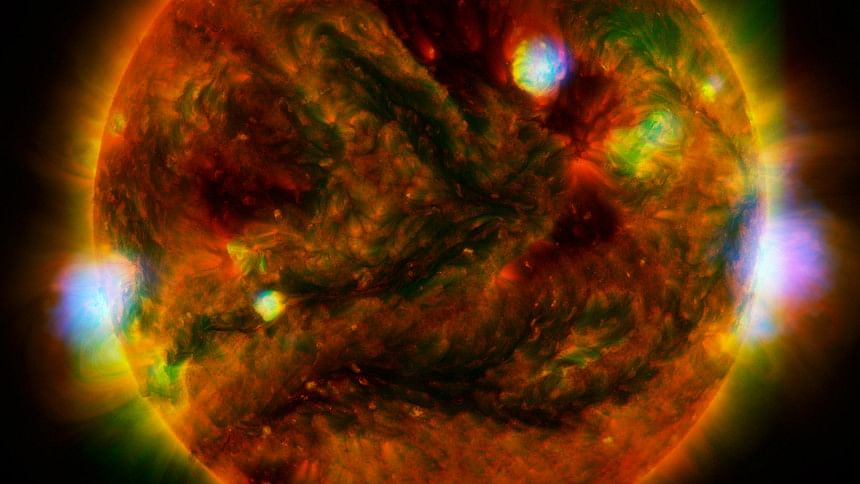
A space telescope designed to look into the furthest-most reaches of space at some of the most energetic phenomena in the known universe has, once again, been turned to face our nearest star, producing a rare and beautiful insight to our X-ray sun, Discovery News reports quoting Royal Astronomical Society.
Usually, NASA's Nuclear Spectroscopic Telescope Array, or NuSTAR, would be looking at relativistic jets of material blasting from black hole behemoths millions to billions the mass of the sun, or the superheated hearts of supernovae, but in a follow-up to arguably one of the most beautiful space images ever created, astrophysicists have created a full-disk portrait of the high-energy X-ray-generating processes in the sun's corona.
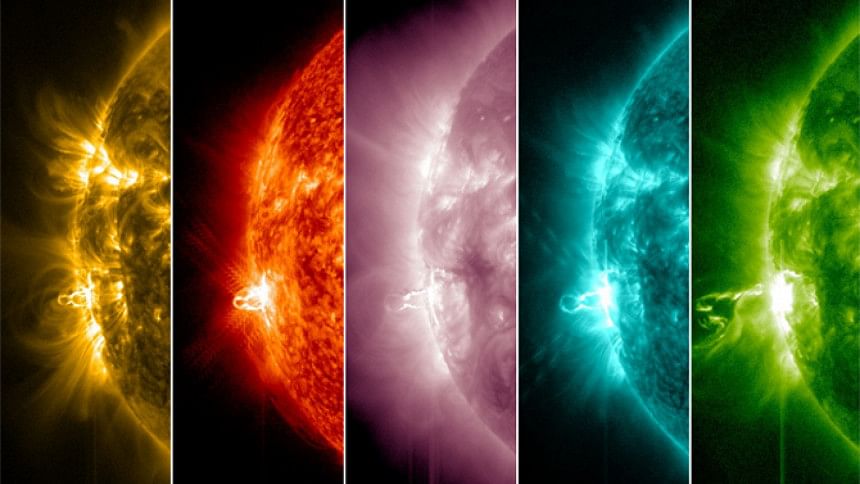
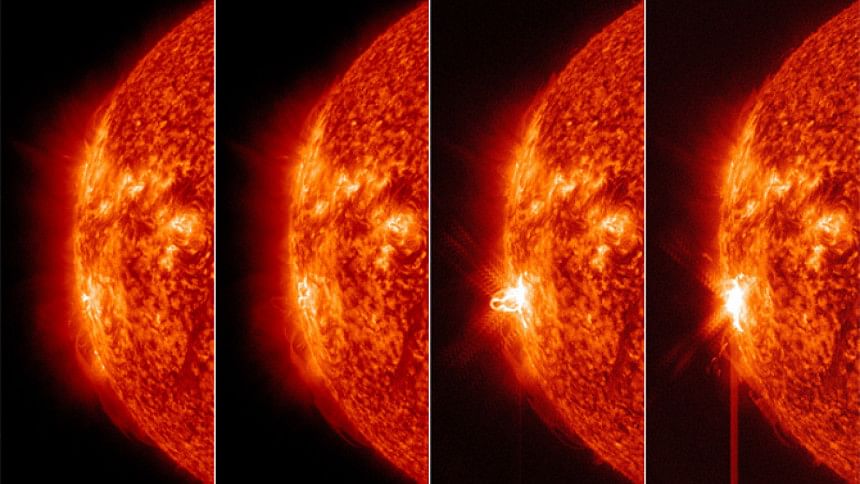
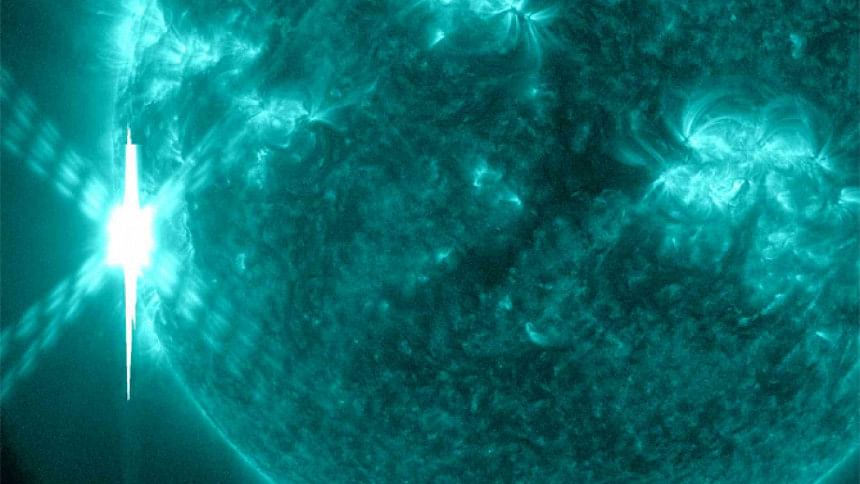
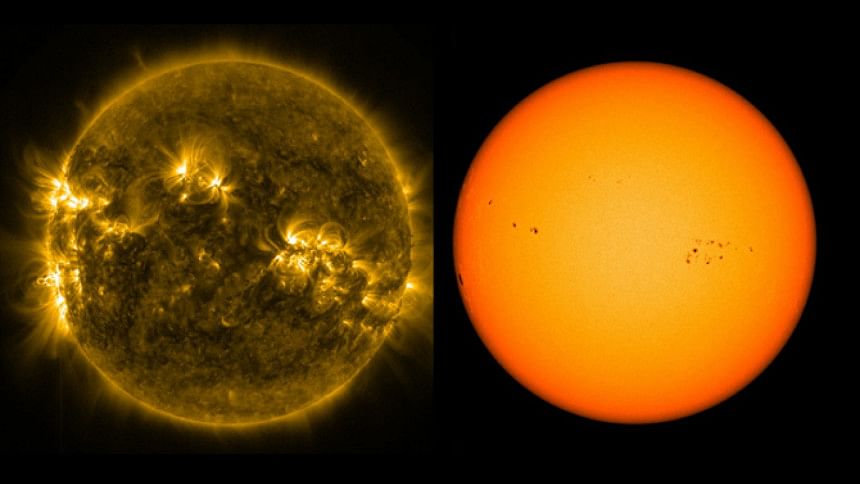
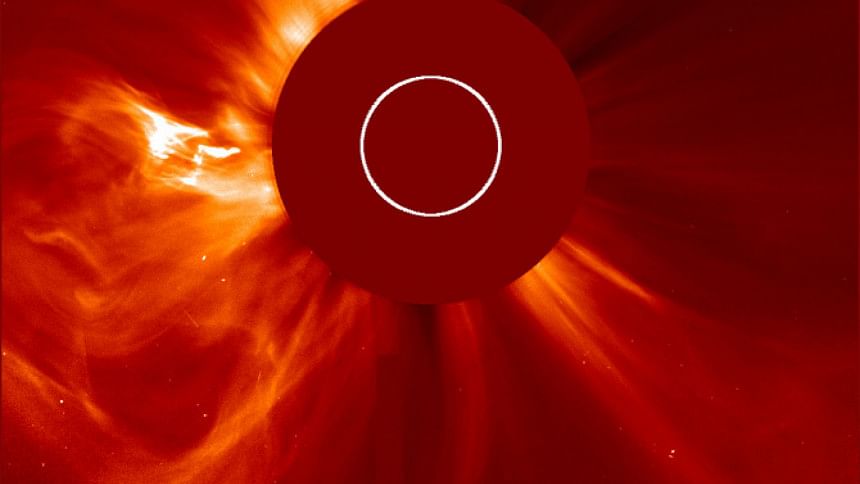
"We can see a few active regions on the sun in this view," said Iain Hannah, of the University of Glasgow, in a press release. "Our sun is
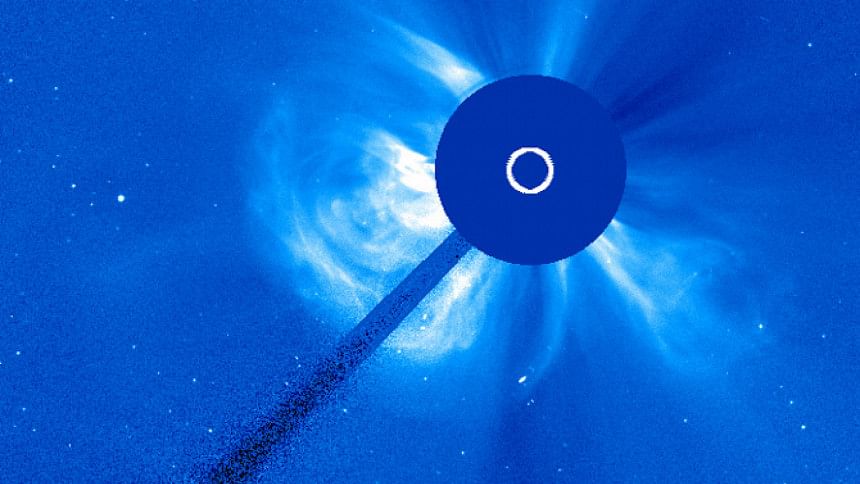
Hannah presented this observation on Wednesday at the National Astronomy Meeting in Llandudno, Wales.
To measure a definitive nanoflare signal, however, the sun needs to calm down to a more quiescent state, a phase that solar astronomers are anticipating over the next few years as it approaches solar minimum. A slowdown in magnetic activity will reduce the number of active regions and quench powerful flaring activity. In this quiescent state, the high-energy X-ray nanoflare emissions could be detected from the noise.
"We still need the sun to quieten down more over the next few years to have the ability to detect these events," said Hannah.
This solar study, however, was never the focus for NuSTAR (even though it has serendipitously become the perfect tool for coronal exploration). On it's "to-do" list is to gather data about the high-energy processes surrounding black holes and to seek out evidence for so-far hypothetical dark matter particles.
"What's great about NuSTAR is that the telescope is so versatile that we can hunt black holes millions of light-years away and we can also learn something fundamental about the star in our own backyard," added NuSTAR team member Brian Grefenstette of the California Institute of Technology (Caltech) in Pasadena, Calif.

 For all latest news, follow The Daily Star's Google News channel.
For all latest news, follow The Daily Star's Google News channel. 



Comments